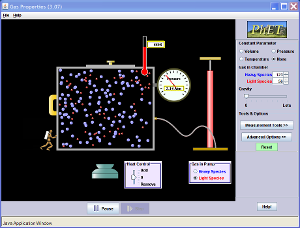Magnetism and Electromagnetism
Objectives:
6b) Magnetism
6.2 recall that
magnets repel and attract other magnets, and attract magnetic substances
6.3 recall the properties of magnetically hard and soft material
6.4 understand the term ‘magnetic field line’
6.5 understand that magnetism is induced in some
materials when they are placed in a magnetic field
6.6 sketch and recognise the magnetic field pattern
for a permanent bar magnet and that between two bar magnets
6.7 know how to use two permanent magnets to
produce a uniform magnetic field pattern
6c) Electromagnetism
6.8 recall that an
electric current in a conductor produces a magnetic field round it
6.9 describe the construction of electromagnets
6.10 sketch and recognise magnetic field patterns for a
straight wire, a flat circular coil and a solenoid when each is carrying a
current
6.11 appreciate that
there is a force on a charged particle when it moves in a magnetic field as
long as its motion is not parallel to the field
6.12 recall that a force is exerted on a
current-carrying wire in a magnetic field, and how this effect is applied in
simple d.c. electric motors and loudspeakers
6.13 use the left hand rule to predict the direction
of the resulting force when a wire carries a current perpendicular to a
magnetic field
6.14 recall that the force on a current-carrying
conductor in a magnetic field increases with the strength of the field and with
the current.
6d) Electromagnetic
induction
6.15 recall that a voltage is induced in a conductor
or a coil when it moves through a magnetic field or when a magnetic field
changes through it; also recall the factors which affect the size of the
induced voltage
6.16 describe the
generation of electricity by the rotation of a magnet within a coil of wire and
of a coil of wire within a magnetic field; also describe the factors which
affect the size of the induced voltage
6.17 recall the
structure of a transformer, and understand that a transformer changes the size
of an alternating voltage by having different numbers of turns on the input and
output sides
6.18 explain the use
of step-up and step-down transformers in the large-scale generation and
transmission of electrical energy
6.19 recall and use
the relationship between input (primary) and output (secondary) voltages and
the turns ratio for a transformer:
6.20 recall and use
the relationship (for 100% efficiency):











